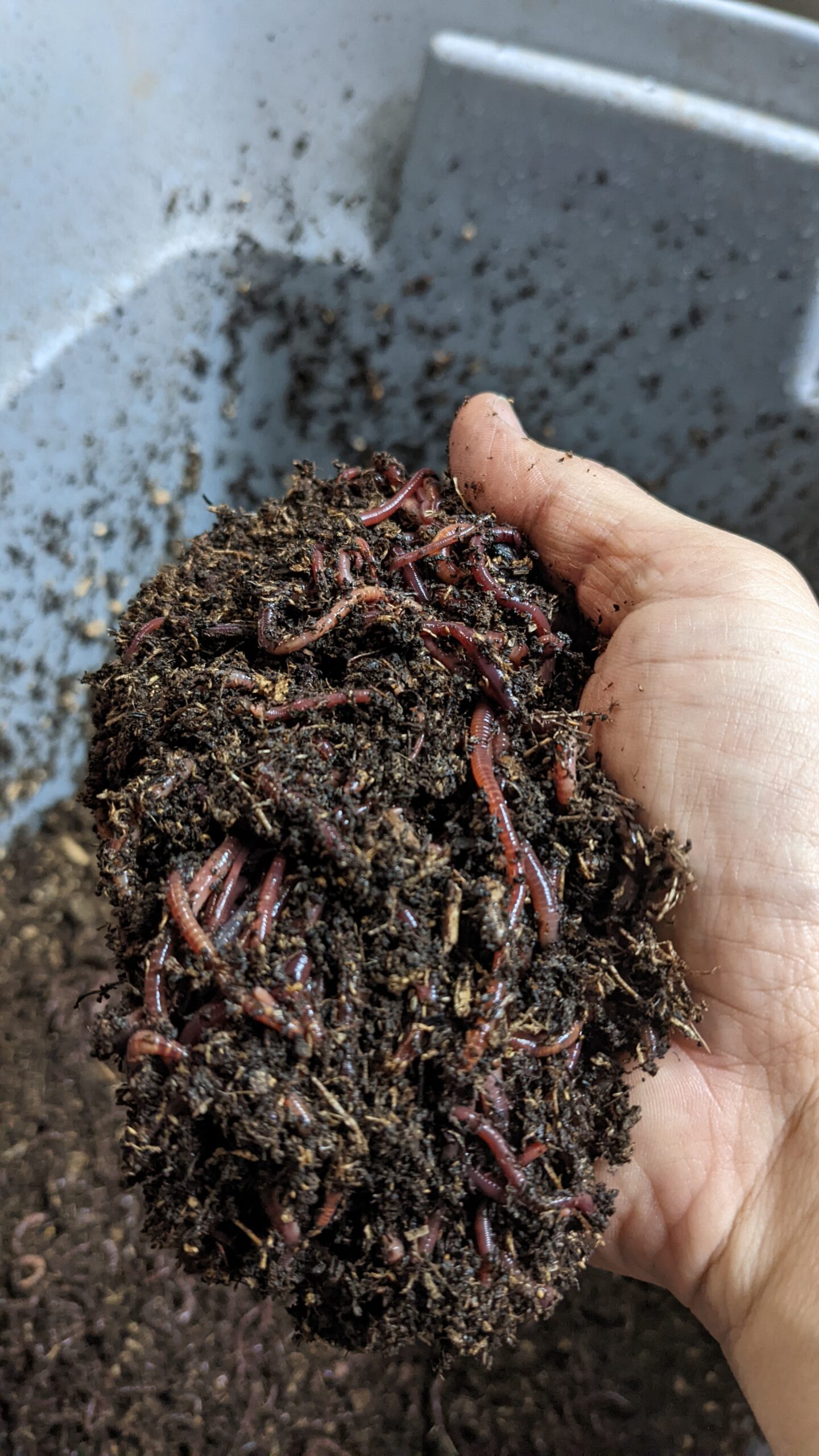Red Wiggler Express Fundamentals Explained
Red Wiggler Express Fundamentals Explained
Blog Article
The 7-Minute Rule for Red Wiggler Express
Table of ContentsRed Wiggler Express Can Be Fun For AnyoneAll about Red Wiggler ExpressHow Red Wiggler Express can Save You Time, Stress, and Money.Fascination About Red Wiggler ExpressThe Single Strategy To Use For Red Wiggler Express
Some worm farmers in fact hold back food and water to replicate drought problems and bump up cocoon manufacturing. We do not suggest this for the home composter as it has the prospective to exterminate a lot of of your finest worms. Now that you recognize all regarding the red worm it's time to head out and locate a great supplier and get a pound or 2 and start your own worm ranch.We'll speak concerning just how to keep red wigglers and why they should be the go-to worm for many composters. Enjoyable truth: The "fetid" component of the binomial name refers to what some claim is a fetid secretion the red wiggler makes use of to fend off predators. The anatomy of a red wiggler looks like that of various other usual earthworms; a long-segmented body starts at the sharp head and ends at a slightly-flatted tail.
The 10-Second Trick For Red Wiggler Express
The digestive system tract is basic, starting at the mouth where the worm starts to eat its food before passing it on the vocal cords. The pharynx is a muscle area which acts like a pump to draw food right into the mouth before pumping it out right into the esophagus. The esophagus is slim and thin-walled and serves as the "waiting room" for the gizzard.
Keep in mind: This requirement for grinding is why grit is recommended in a worm container. The worm features no indigenous grinding ability so the worm relies upon consumed grit to assist grind its food in the gizzard. The stomach is where the initial chemical malfunction of food occurs with the help of a protein-busting enzyme.

Within 42 days, these baby worms will certainly get to sex-related maturation as shown by the appearance of the clitellum. A fully grown red wiggler can be anticipated to live in between one to 3 years. The mighty red wiggler may often be utilized as a lure worm for smaller fish or as a protein source for chickens and reptiles.
Not known Details About Red Wiggler Express
And as mentioned over, they are the most typical composting worm in the world. But why? Well there's possibly not just one reason. Instead, a combination of cost, strength, and comfort in a wide variety of temperature levels makes it the most ideal composting worm for the majority of brand-new vermicomposters. Red wigglers and their cocoons can survive in a vast array of problems.
This is a common technique among worm carriers who don't intend to take the chance of having the worms rest in a warm or cold storehouse over the weekend break. Worm cultivators are not storing worms in a circumstance where they are prepared to ship. The worms must be collected from their habitat first, so farmers will usually set a Friday or Saturday due date in order to harvest in time for a Monday delivery.
To conserve on delivery price, you may want to see if there are any type of neighboring "Mommy and Pop" shops through a Google search (Where To Buy Worms).
I call these the "Huge 3" variables of worm container upkeep. If you keep all 3 within suitable varieties, then there's not * that * a lot that can fail with your container. As stated previously, red wigglers have a wide temperature tolerance. For best outcomes, keep a temperature of 55F-90F. Short departures out of that temperature level array are great.
The Basic Principles Of Red Wiggler Express

For best outcomes, you desire to aim for regarding 60-70% dampness level. The most basic test for this is to squeeze a handful as difficult as you can. At the ideal dampness degrees which is simply under 70% that handful ought to barely produce one decrease of liquid. pH in a worm container is pretty very easy to preserve.


The European Nightcrawler, the larger relative of the red wiggler, is equally as ravenous and likewise produces a good bait worm. But it favors a little bit of a cooler setting than the red wiggler. The African Nightcrawler is an extremely big composting worm and makes an attractive, granular actors.
The Indian Blue is ravenous, however also prefers a warmer environment and it additionally shows a tendency to leave the bin. The red wiggler is a hardy worm and isn't as fussy concerning its environment. I like to call it the Ford Taurus of vermicomposting worms; you won't brag to your hardcore composting buddies that you own them, but they will serve you well.
Everything about Red Wiggler Express
Guaranteed to life 1/2 lb of hand sorted Red Wigglers/Compost with worms (+500 worms) in various stages of life from cocoons to develop worms in their all-natural environment/bedding. Hand sorted worms reduced the disturbance of the worms therefore guaranteeing live delivery. Red wiggler worms do not like resonances or light.
Report this page